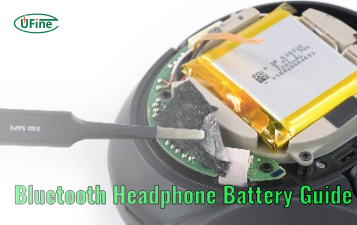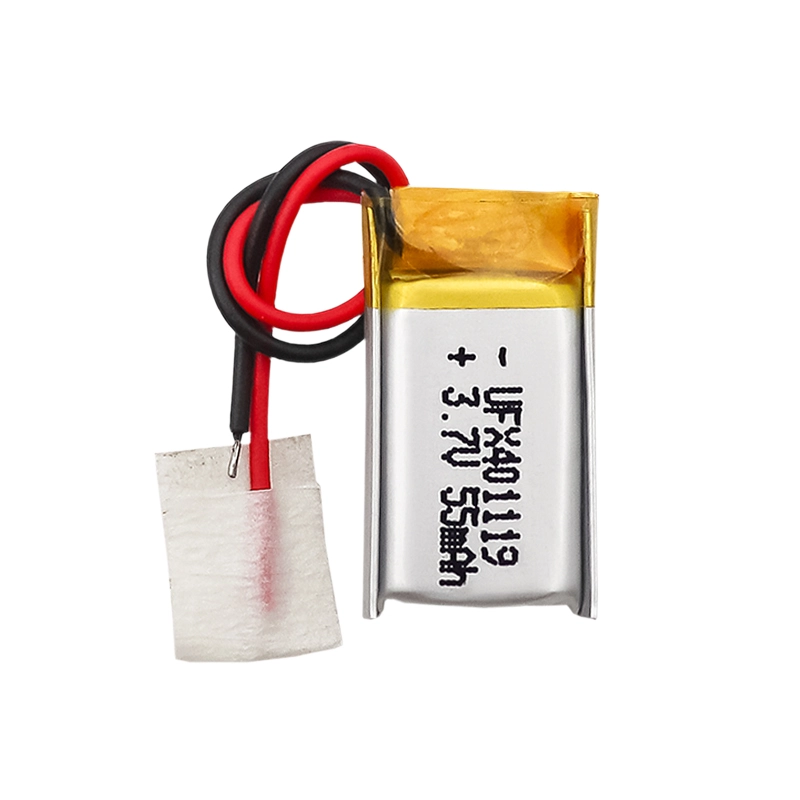
Blood Pressure Monitor Battery
Types of blood pressure monitors
Commonly used blood pressure monitor types include wrist, upper arm, and finger. It is recommended to give priority to an upper-arm digital blood pressure monitor, which can better ensure measurement accuracy.
Blood pressure monitor accuracy
Most sphygmomanometers are electronic, and their measurement results are usually slightly higher than those of traditional mercury sphygmomanometers.
Electronic blood pressure monitors are divided into two types: wrist type and arm type. Although the wrist type is more convenient to use, the farther it is from the heart, the greater the difference in measurement results. It is recommended to test on-site when purchasing. If the results measured using the arm type and wrist type are not significantly different, both can be used. If the difference is large, it is better to choose the arm style.
Medical staff should always check blood pressure before and after using a mercury sphygmomanometer. Keep the scale clear. The column should be cleaned regularly with a purge strip. There should be no bubbles when the pressure is around 200 mmgH. If there are bubbles during the pressurization process, the pressurization should be stopped for inspection and maintenance.
It’s best to measure your blood in the comfort of your own home. , because when some people take their blood pressure in medical institutions, they will feel nervous when facing the medical staff wearing white clothes, which will increase their blood pressure. Measuring blood pressure at home can overcome this condition.
Mercury-type sphygmomanometers are affected by thermal expansion and contraction and should be calibrated and reset to zero on average every six months. Digital blood pressure monitors are affected by the aging of components and require calibration on average once a year.
4 Ways to calibrate your blood pressure monitor
1. Calibrate the blood pressure monitor
You can refer to the manual of the blood pressure monitor for calibration. Or contact the manufacturer or third-party organization for calibration. If the blood pressure monitor has exceeded its useful life or is obviously damaged, it may need to be replaced with a new one.
2. Check the sphygmomanometer battery
If the digital blood pressure monitor uses batteries, you need to check whether the batteries are fully charged. If the battery is low, you can replace it with a new battery.
3. Confirm the measurement method
The correct measurement method is a prerequisite for obtaining accurate blood pressure readings. When measuring, you should maintain a correct posture, not talk, relax your body, and keep the measurement environment quiet.
4. Compare measurement results
You can measure several times at different times and in different postures. Compare the measurement results for consistency. If the results of multiple measurements vary greatly, the blood pressure monitor may need to be recalibrated or repaired.
High Energy Density
It stores large amounts of energy in a smaller and lighter package
Longer Cycle Life
Withstands extensive charge and discharge cycles
Low Self-Discharge
Maintains power longer when not in use
Safety
Minimizes the risk of accidents and ensures safe operation
More Information About Blood Pressure Monitor Battery
-
Are rechargeable blood pressure monitors accurate?
-
How to charge the blood pressure monitor correctly?
-
How long does it take to charge a blood pressure monitor?
-
Can the blood pressure monitor battery be recharged?
Latest Blogs
About Lithium Battery Industry News

What is the Difference Between Silver Zinc Battery vs. Lithium-ion Rechargeable?
Compare silver zinc and lithium-ion rechargeable batteries: energy density, cycle life, safety, cost, and uses in drones, medical devices, EVs, and electronics.
2025/12/10 Ufine

What are Watts and Watt Hours in Battery?
Understand watt vs watt-hour in batteries: key differences, how to calculate capacity, and why they matter. Includes free comparison table.
2025/12/10 Ufine

Best 10 Blood Pressure Monitor Battery Review: Finding the Most Reliable
Are you looking for a reliable Blood Pressure Monitor battery? Here is a complete guide with the top 10 best blood pressure monitor batteries.
2025/12/10 Ufine

Bluetooth Headphone Battery Guide: All You Need to Know
Maximize headphone battery life with expert tips! Learn how to charge, check, troubleshoot, and choose the best bluetooth headphone battery in 2025.
2025/12/10 Ufine

LiFePO4 Battery VS. Lithium-ion Polymer Battery: Which One Is Best?
Comprehensive comparison of LiFePO4 vs Lithium Ion Polymer batteries: energy density, safety, lifespan, cost. Find out which battery suits your needs in 2025.
2025/12/10 Ufine

Voltage Source Inverter vs Current Source Inverter: Clear Differences Explained
Learn the clear differences between voltage source inverters and current source inverters. See advantages, applications, and a practical comparison.
2025/12/09 Ufine





